17 czerwca 2009
ŚRODA
Uczynki pobożne
Stajemy przed Bratem Albertem – człowiekiem, który ulitował się nad biedakami, pijakami, bezdomnymi, głodnymi, starymi, schorowanymi, narkomanami, złodziejami, bandytami, bez dachu nad głową, znajdującymi w zimie schronienie w ogrzewalniach.
Zaczął ich wspierać z pozycji dobrodzieja. I został odrzucony przez nich. To się ubrał w sutannę z koca, zamieszkał z nimi. Jeździł po Krakowie na wózku z dzwonkiem i zbierał dla nich od handlarzy produkty żywnościowe.
Jak dobrze, że w Krakowie jest miejsce dla królowej świętej – Jadwigi, ale równocześnie dla człowieka, który był bezdomny, jak ci, którymi się opiekował.
Mówią, że gdy przychodził do kogoś w gościnę, to przynosił ze sobą bochenek chleba i kładł na stole. Zapytany, czemu to robi, mówił – jak legenda niesie: „Trzeba być dobrym jak chleb, który leży na stole; każdy kto chce, może podejść, ukrajać sobie kromkę i posilić się”.
Zostawił kilka obrazów. Jeden, najbardziej charakterystyczny, pod tytułem: „Ecce Homo” – portret Jezusa cierniem ukoronowanego, z trzciną w rękach, w czerwonej chuście na ramionach.
Każdy z nas ma swoich biedaków. Każdy z nas ma swoich podopiecznych, o których los się troszczy i zabiega. Każdy z nas ma swoich przegranych, niezaopiekowanych ludzi. Byle ich nie zaniedbać.

June 17, 2009
WEDNESDAY
Devotional deeds
He started supporting them as a benefactor, but they rejected him. So he put on a cassock made out of a blanket and started living among them. He went around Kraków in a cart with a bell and collected food for them from the merchants.
It is so good that Kraków is a home of a saint, Queen Jadwiga, but at the same time it has room for a man who was homeless just like the ones for whom he cared.
They say that when he came to visit someone, he used to bring with him a loaf of bread and put it on the table. Legend says that when asked why he was doing that, he would answer: “One has to be as good as bread lying on the table; whoever wants to, can come up, cut a piece, and get nourishment.”
He left behind a few paintings; one, the most typical, titled: “Ecce homo” – is a portrait of Jesus crowned with thorns, with a reed in His hands, with a red cape on His shoulders.
Each of us has his own poor ones. Each of us has his own wards, for whose wellbeing he or she cares and strives. Each of us has his or her own lost, uncared for, and neglected people. Let’s not fail them.
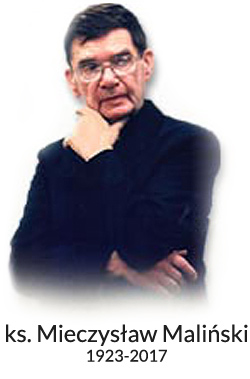

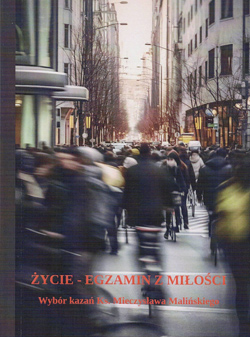
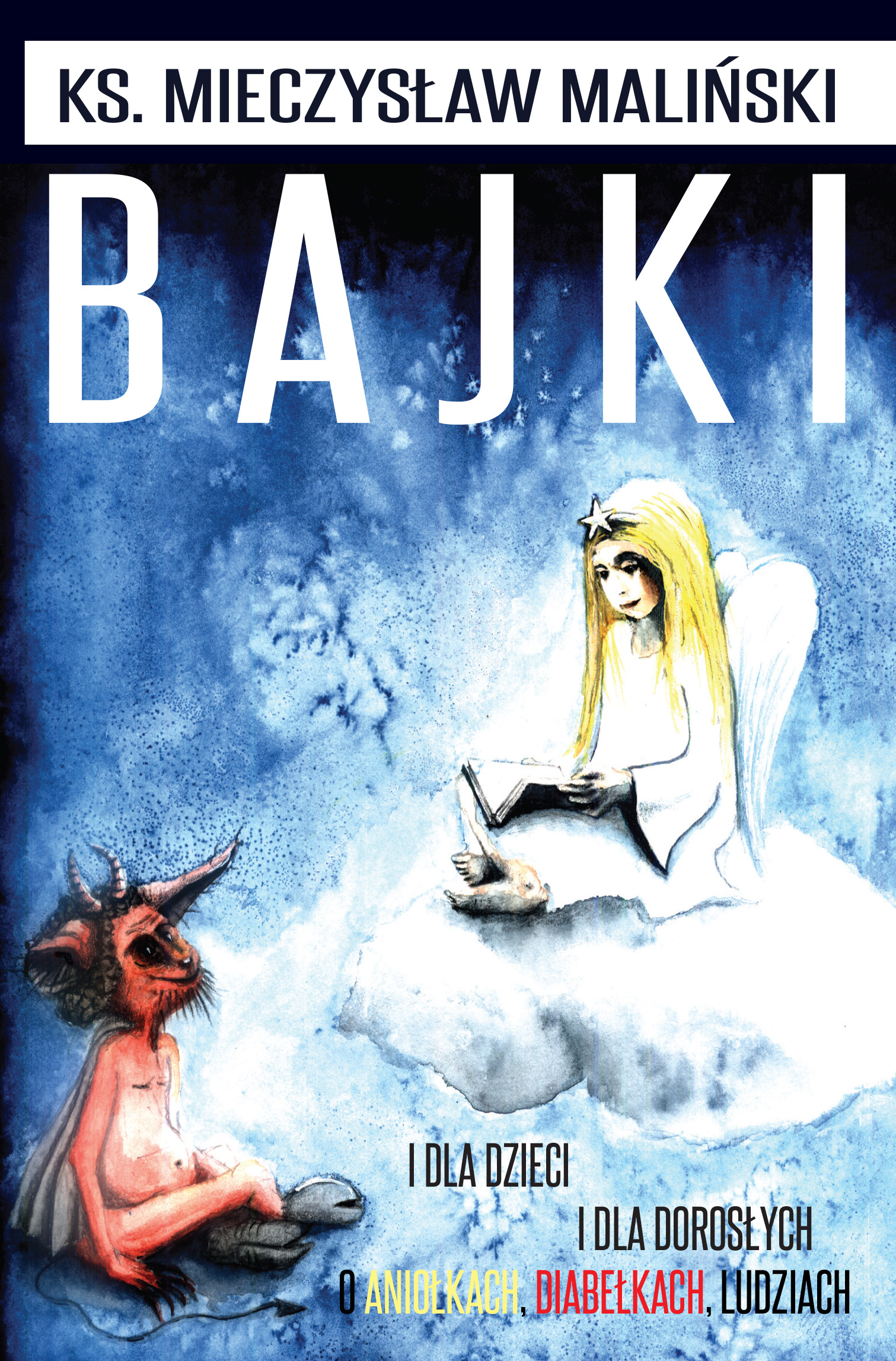

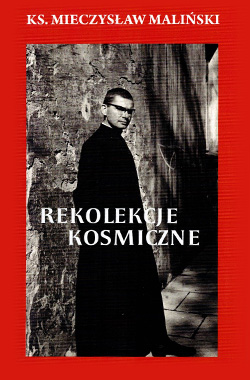

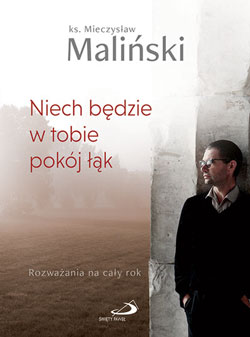
![„Na moją pamiątkę” [Szkice do nieukończonej książki o Eucharystii]](https://www.malinski.pl/wp-content/uploads/2019/12/na-moja-pamiatke-1.jpg)